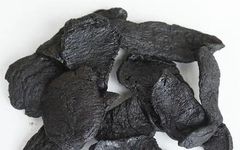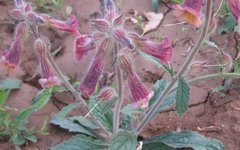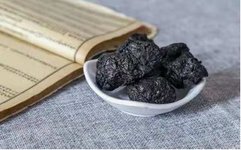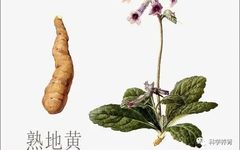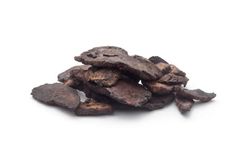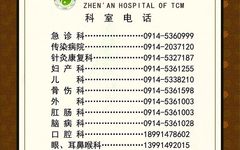Exploring the Materia Medica: The Story Behind ‘Eight Treasures of Chinese Medicine’
Author: Bencao Toutiao Team (本草头条) Exploring Shudi Huang (熟地黄) Shudi Huang (熟地黄), the root tuber of the plants Rehmannia glutinosa or Rehmannia chingii from the family Scrophulariaceae, is processed through steaming and drying. It appears in irregular block shapes, with a pitch-black color both inside and out, and a wrinkled, uneven surface. The texture is … Read more


